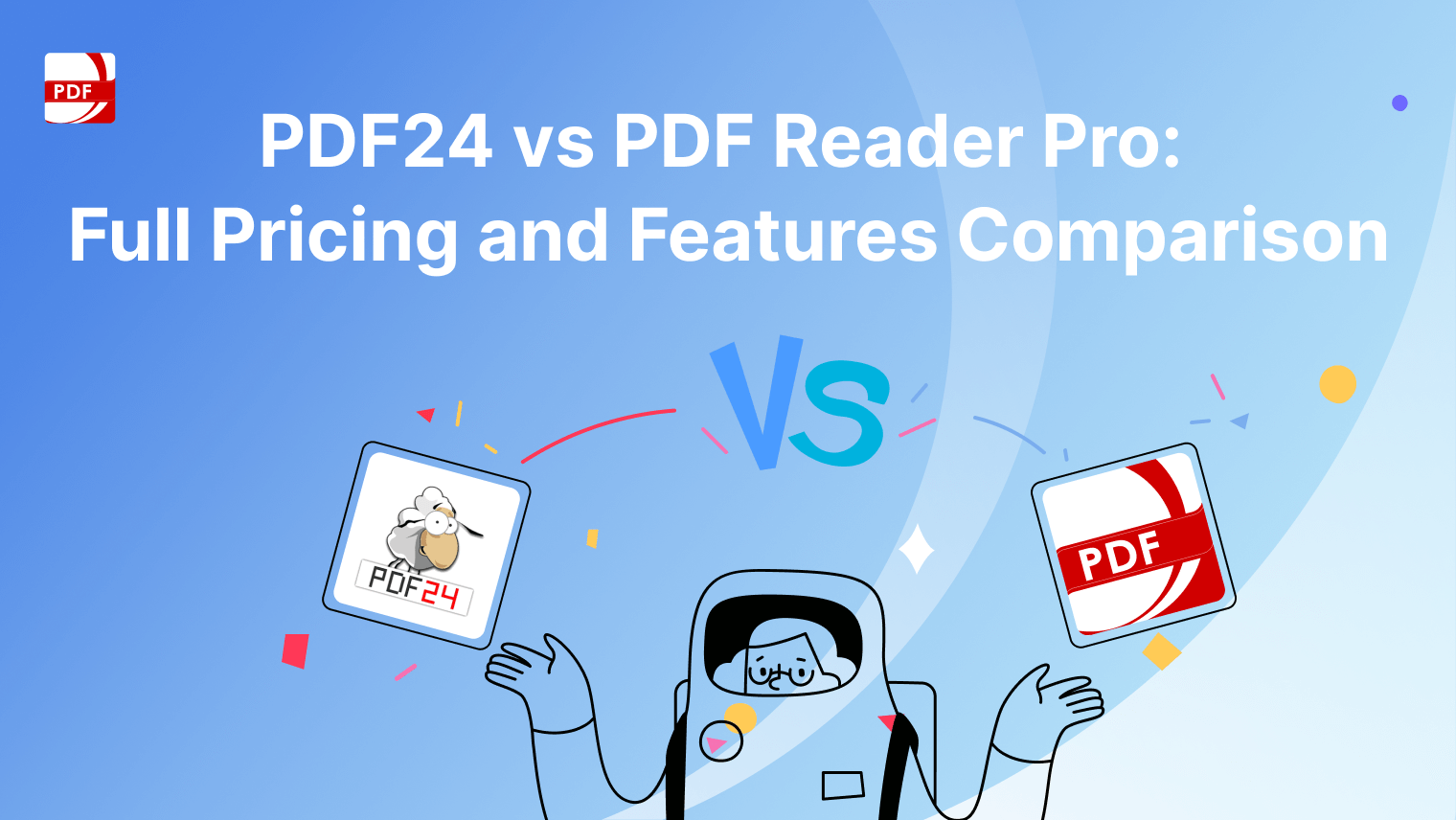AI technologies have made significant strides, transforming the way we approach various writing tasks. One such innovation is AI script writing, a powerful tool that empowers creators to streamline the script writing process and unlock new levels of creativity.
What is AI Script Writing
AI script writing refers to the use of artificial intelligence (AI) technologies, particularly natural language processing (NLP) algorithms and advanced language models, to assist or generate scripts for various purposes. This innovative application of AI has found its place in different industries, including film and video production, marketing, education, and content creation.
Key components and features of AI script writing include:
-
Language Models: AI script writing tools utilize sophisticated language models that have been trained on extensive datasets to understand and generate human-like text.
-
Natural Language Processing (NLP): NLP algorithms enable AI script writers to comprehend and analyze human language, allowing them to generate coherent and contextually relevant scripts.
-
Template Adaptation: Many AI script writing tools offer templates for different script types, such as screenplays, video scripts, or marketing scripts. Users can choose a template that suits their needs, providing a structured starting point.
-
Input and Suggestions: Users typically provide initial input, such as the genre, tone, or key elements they want in the script. The AI script writer then generates suggestions for dialogue, plot points, and scene descriptions based on this input.
-
Customization and Editing: AI-generated scripts are not set in stone. Users have the flexibility to customize and edit the content generated by the AI, ensuring that the script aligns with their creative vision.
-
Collaboration: Some AI script writing tools include collaboration features, allowing multiple users to work on a script simultaneously. This can be especially beneficial for team-based projects.
-
Efficiency and Creativity: AI script writing tools aim to enhance the efficiency of the scriptwriting process by providing quick suggestions and reducing the time spent on initial drafts. They also serve as creative aids, offering new perspectives and ideas.

How to Use Our AI Script Writer
PDF Reader Pro is not just your go-to tool for reading and editing PDFs; it's a versatile platform that incorporates AI-driven features, including a powerful rewriting tool. Here's a step-by-step guide on how to make the most of PDF Reader Pro's AI writer:
Step 1: Click on the AI Bot
Click on "AI Rewrite" to edit your script.
m
Image Source: PDF Reader Pro
Step 2: Paste in the Script
Click the blue button to rewrite it to your liking.
Image Source: PDF Reader Pro
Step 3: Export Your File
Choose either TXT or PDF format to save.
Image Source: PDF Reader Pro
Best Practice for Using AI
Best practices for using AI involve leveraging its capabilities effectively while being mindful of its limitations and potential ethical implications. Here are some key principles to consider:
-
Understand the Technology: Gain a deep understanding of how AI works, including its strengths, weaknesses, and applications. This knowledge will help you make informed decisions about when and how to use artificial intelligence tools.
-
Data Quality: Ensure that the data used to train AI models is of high quality, relevant, and representative of the problem domain. Biases and inaccuracies in the training data can lead to biased or unreliable AI outcomes.
-
Transparency: Strive for transparency in AI systems by documenting the data sources, algorithms, and decision-making processes involved in the writing process. This transparency fosters trust and accountability among users and stakeholders.
-
Human Oversight: Maintain human oversight throughout the AI lifecycle, from data collection and model development to deployment and monitoring.
"Humans can provide context, interpret results, and intervene when artificial intelligence systems make errors or exhibit unintended behavior." Theodore CipollaB2B SaaS Content MarketerSource: LinkedIn
Theodore CipollaB2B SaaS Content MarketerSource: LinkedIn -
Ethical Considerations: Consider the ethical implications of AI applications, including issues related to privacy, fairness, accountability, and transparency. Design AI systems with ethical principles in mind and regularly assess their impact on society and individuals.
-
Continuous Learning: AI models should be continuously monitored and updated to adapt to changing conditions, new data, and evolving user needs. Regular retraining and refinement help ensure that AI systems remain effective and relevant over time.
-
Interpretability: Prioritize the interpretability of AI models, especially in high-stakes domains such as healthcare, finance, and criminal justice. Users should be able to understand how AI systems arrive at their decisions and predictions.
-
User Education: Provide training and education to users to help them understand how to effectively use AI tools and interpret their outputs. Empowering users with knowledge enables them to make better-informed decisions and avoid misuse or misinterpretation of AI results.
-
Feedback Mechanisms: Establish feedback mechanisms to collect input from users and stakeholders about their experiences with AI systems. This feedback can be used to improve system performance, address user concerns, and guide future development efforts.
-
Collaboration and Partnerships: Foster collaboration and partnerships between AI developers, domain experts, policymakers, and other stakeholders to ensure that AI technologies are developed and deployed responsibly and ethically for compelling scripts.
You can also explore our guide on using an AI article writer.
FAQs: AI Script Writing with PDF Reader Pro
Have questions about the content creation process or how to collaborate with other content creators? Find the answers below.
Can PDF Reader Pro's AI script writer handle specific genres?
PDF Reader Pro's AI script writer is designed to cater to a wide range of genres, from drama and comedy to thriller and sci-fi. The tool's flexibility ensures that it can adapt to your creative vision, regardless of the genre.
How does the collaboration feature work in PDF Reader Pro?
PDF Reader Pro facilitates seamless collaboration by allowing multiple users to access and edit the script simultaneously. Changes are updated in real-time, fostering efficient teamwork among scriptwriters and collaborators.
Can I import existing scripts into PDF Reader Pro for further editing?
Absolutely. PDF Reader Pro supports script imports from various file formats. Whether you have a screenplay in PDF, Final Draft, or other compatible formats, you can import it into PDF Reader Pro for further editing and enhancement.
Is the AI script writer suitable for professional use?
Yes, PDF Reader Pro's AI script writer is suitable for both amateur and professional scriptwriters. Its advanced features and customization options make it a valuable tool for professionals looking to streamline their scriptwriting process.
What is the scriptwriting process like for video production companies?
Video production companies typically follow a structured scriptwriting process that involves brainstorming ideas, outlining the storyline, writing the script, and revising it to ensure it meets the project's objectives and aligns with the brand's messaging.
How can I ensure that my script meets the standards of high-quality content?
To create a high-quality script, focus on engaging storytelling, clear messaging, well-defined characters, and compelling dialogue. Additionally, pay attention to formatting, grammar, and consistency throughout the scriptwriting process.
What role does human input play in the creation of compelling video scripts?
While AI tools can assist in generating ideas and suggestions, human writers provide invaluable input in crafting compelling video scripts. Human creativity, intuition, and understanding of audience preferences are essential for creating authentic and engaging content.
What are some common pitfalls to avoid when writing a script for video production?
Common pitfalls include excessive exposition, weak character development, clichéd dialogue, lack of clarity in the storyline, and inconsistency in tone. It's important to thoroughly review and revise the script to address these issues before production begins.
How can video script generator tools aid in the scriptwriting process?
Video script generator tools can help streamline the initial stages of scriptwriting by providing prompts, generating ideas, and offering structure templates. However, they should be used as aids rather than substitutes for human creativity and critical thinking.
Unlock your creative potential with PDF Reader Pro's AI script writer and embark on a journey of effortless and imaginative script creation. Whether you're a seasoned scriptwriter or just starting, this innovative tool is designed to elevate your storytelling experience.









 Free Download
Free Download  Free Download
Free Download 





 Support Chat
Support Chat